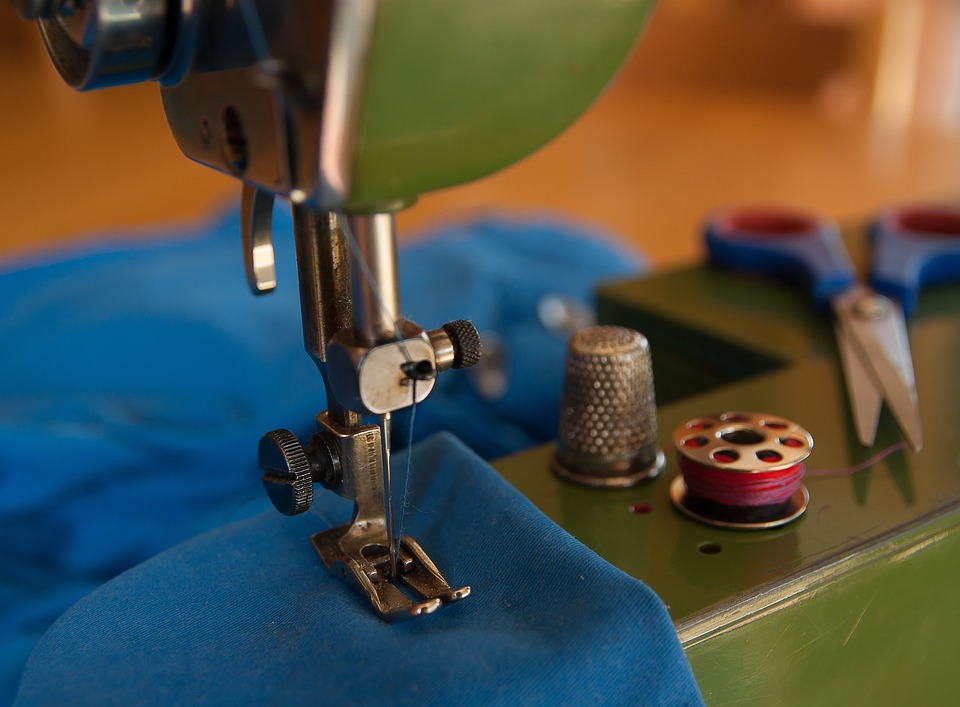When it comes to knitting projects, one crucial decision to make is the choice between thread and yarn. Both have their advantages and disadvantages, and understanding the differences between the two can help you select the best option for your project. In this comprehensive comparison, we will explore the characteristics of thread and yarn, ultimately determining which is better for knitting.
Yarn is the most commonly used material in knitting. It is made up of fibers twisted together, resulting in a continuous strand that can range in thickness and composition. One of the primary advantages of yarn is its versatility. With a plethora of options available, knitters can choose from a wide variety of textures, colors, and weights to suit different projects.
The thickness or weight of yarn determines the size of the knitting needles used. Thicker yarns are ideal for knitting larger, bulkier items such as blankets or sweaters, while finer yarns are better suited for making delicate items like scarves or lacework. This versatility allows knitters to create a range of items using yarn, adapting to various patterns and styles.
Furthermore, yarn offers greater stitch definition, meaning that the stitches are more visible compared to thread. This characteristic makes yarn an excellent choice for intricate patterns or textured designs, as the details are more pronounced. Additionally, it is easier to work with yarn due to its structure. Its thickness provides a better grip on knitting needles, making it less likely to slip or twist while stitching.
On the other hand, thread is a thin, tightly twisted strand used primarily in sewing and embroidery. However, some knitters opt for thread when working on fine, delicate projects such as lacework or doilies. Its thin composition allows for incredibly intricate stitch work, resulting in finely detailed designs.
While thread may be suitable for certain projects, it does come with its limitations. Due to its thinness, thread requires much smaller knitting needles, which can be challenging to work with, especially for beginners. It also lacks the versatility of yarn, as there are limited options available in terms of colors and textures. Thread is often monochrome and may not offer the range of choices that yarn provides.
Another factor to consider is the project’s durability. Yarn generally offers superior strength and durability compared to thread. Because it is thicker and composed of multiple fibers, yarn is better suited for enduring wear and tear. It can withstand stretching, pulling, and washing, making it the go-to option for creating durable items.
In contrast, thread is more delicate and prone to breaking or unraveling if not handled carefully. While it may result in exquisitely detailed projects, they are often more suited for decorative purposes rather than everyday use.
In conclusion, the choice between thread and yarn ultimately depends on the specific knitting project and desired outcome. Yarn provides greater versatility, larger options, better stitch definition, and increased durability, making it the preferred choice for most knitting projects. Thread, on the other hand, is ideal for creating fine and intricate designs but may pose challenges due to its fineness and limited options.
Regardless of your choice, both thread and yarn have their unique qualities that can be harnessed to create beautiful and intricate knitted pieces. Experimentation and exploring different materials will allow you to discover the best option for your knitting projects. Happy knitting!

